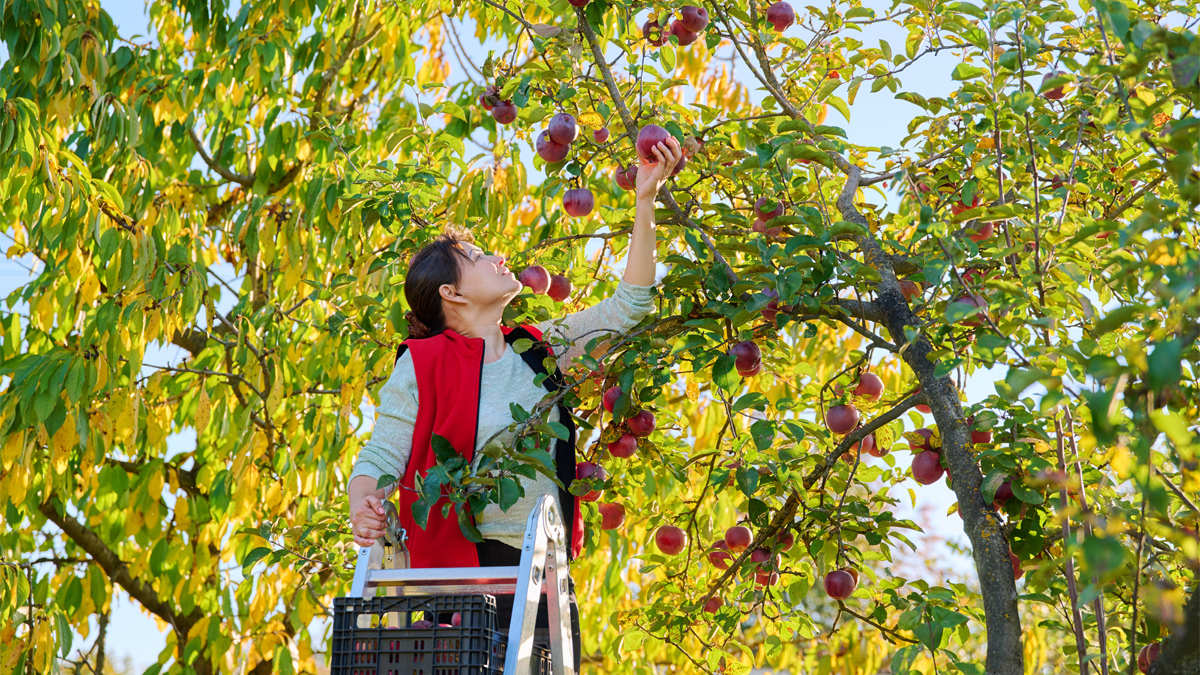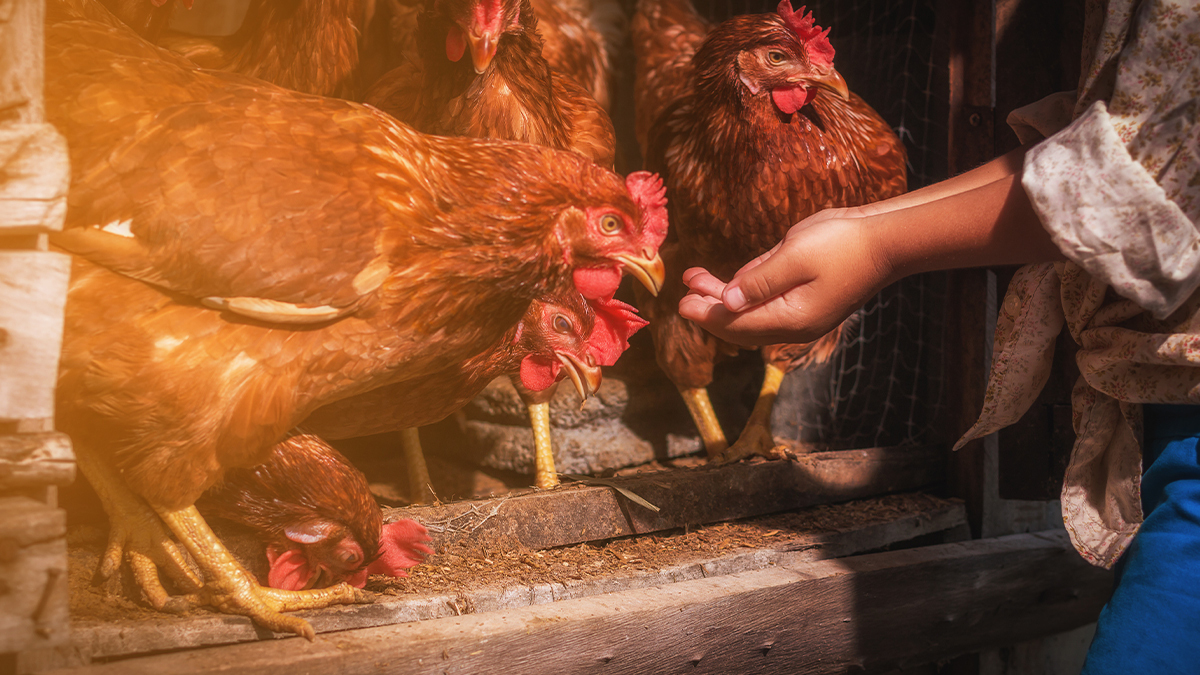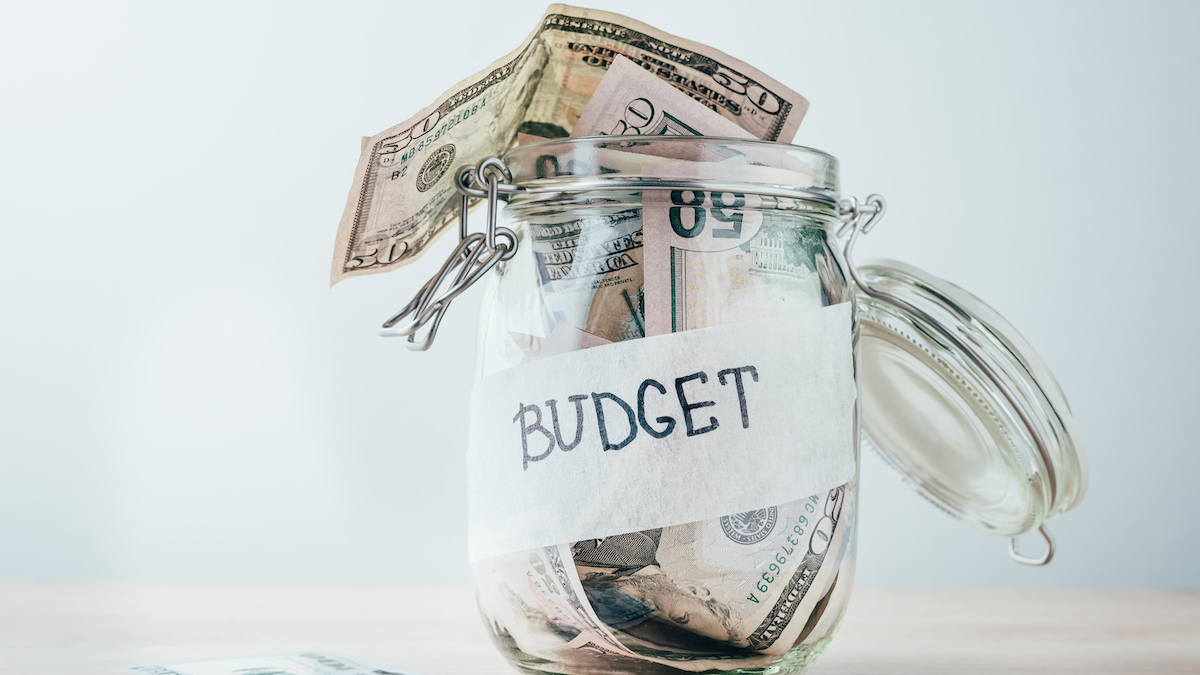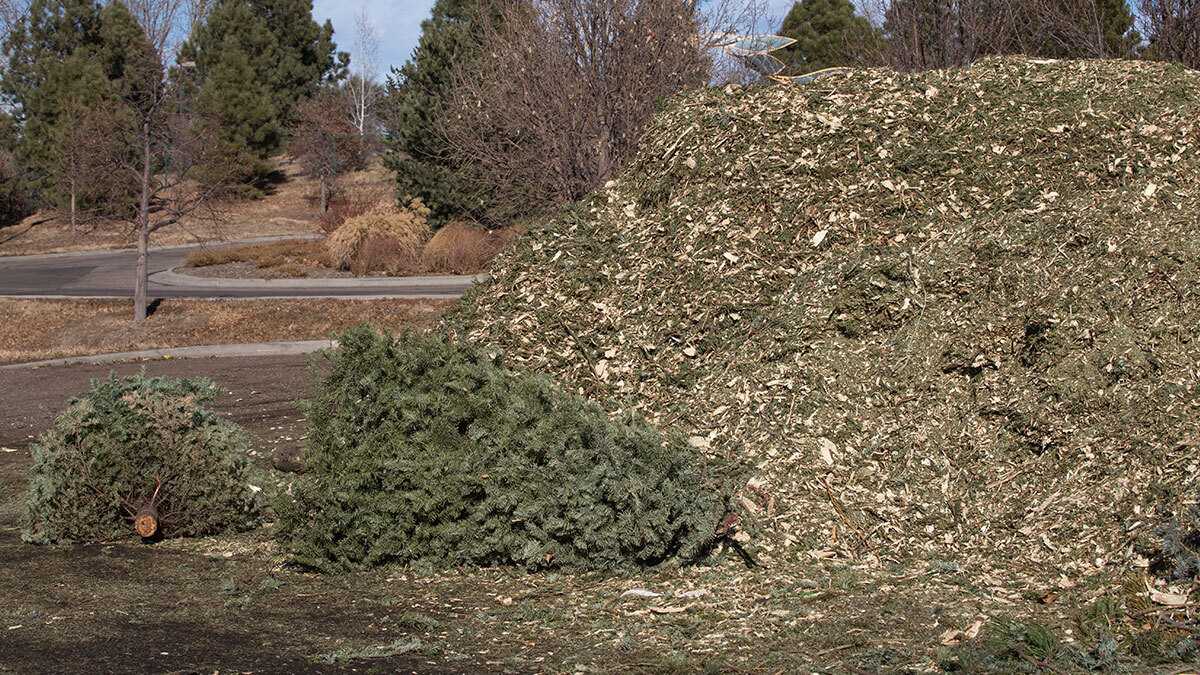on
Growing your own food is one of the most important things you can do to be self-sufficient. However, many homesteaders focus solely on growing vegetables or raising chickens.
While there is nothing wrong with these things (and they are necessary), it’s important not to forget about growing your own fruit.
You need fruit just as much as you need vegetables.
Fruits contain many essential nutrients your body needs, including vitamins, fiber, and potassium.
Yet fruit is often put on the back burner.
This is understandable because, unlike veggie gardens or chicken eggs, fruit trees take significantly longer to produce something edible.
Growing fruit trees is a major time and money investment.
But the long-term results are well worth it!
Not only will your family be even more self-sufficient and less reliant on others for food, but the fruit will also taste superior to what you purchase in a grocery store.
It may even turn into a second income source for your homestead.
But before you rush to a local nursery, there are some things you need to know about growing your own fruit on the homestead.
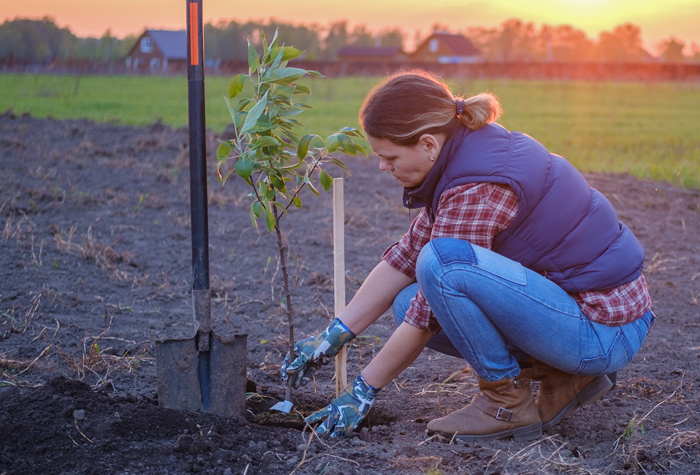
Know Your Long-Term Goals
Since it takes time for fruit trees to grow, it is important to consider how long you will be living in your current home.
You’d hate to plant fruit trees and move before you ever have a chance to enjoy the literal fruits of your labor.
It’s also important to consider your goal.
Do you just want to grow fruit to feed your family, or do you have big dreams of opening a U-pick orchard?
Do you want to grow enough fruit for an entire year? Do you want to add nut trees? Do you want to run a fruit stand at the local farmers’ market?
Take time to write down how much fruit you’d like to be able to supply 10 to 15 years in the future.
Identifying your long-term goals is helpful in the overall planning for your homestead.
[Related Read: 30 Homestead Hustles]
Know Your Land
Almost every type of gardening requires knowing your land. Some fruit trees and bushes grow better in some areas than others.
Plus, fruit trees have certain sun and shade requirements.
With this in mind, carefully consider your land.
- What is the weather like?
- What is the soil profile?
- What areas get maximum sun? What areas get plenty of shade?
[Related Read: Garden Building: Sun Mapping and Companion Plants]
Keep in mind that this isn’t something you can know and understand in one day.
It takes time to learn your land. Know exactly where and what time of the year the sun hits and doesn’t.
Equally important is knowing where water drains after heavy rains or even watering.
Again, fruit trees take time, so you don’t want to rush and plant them in the wrong places.
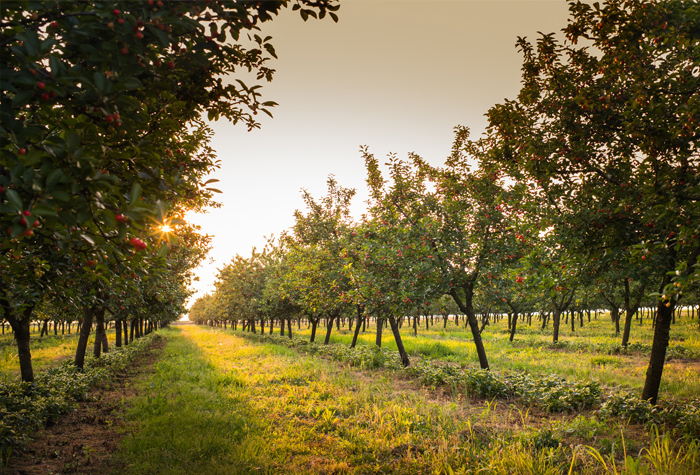
Know Your Space
It is also important to be aware of how much space you have available for fruit trees.
The amount of space you have available will greatly determine which types of fruit trees and bushes you plant.
There are 3 different sizes of fruit trees:
- Dwarf (8 – 10 feet)
- Semi-Dwarf (10 – 20 feet)
- Full Size (20 feet or more)
In addition to considering the size of the actual trees, you also need to consider the distance required between other fruit trees.
For example:
- Distance between 2 apple trees (full-sized): 30 feet
- Distance between 2 apple trees (dwarf): 10 feet
With that being said, you can still grow your own fruit even if you have minimal space!
You can consider fruiting shrubs, vines, or dwarf fruit trees.
[Related Read: 10 Benefits of Vertical Gardening]
Know What You Want to Eat
It sounds silly, but it is very important to know what type of fruit your family eats.
You don’t want to spend the time and money growing a plum tree only to discover your kids hate plums.
Look over this list of fruit trees and consider not only which ones work for your land and space, but also which ones your family would enjoy eating.
- Plums
- Cherries
- Apples
- Peaches
- Apricots
- Pears
- Figs
- Oranges
In addition, consider raspberries, blackberries, blueberries, and strawberries.
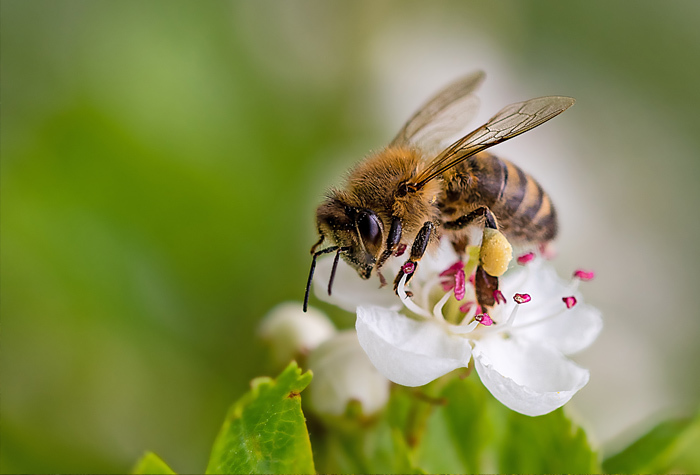
Know Pollination Requirements
Growing your own fruit also means you need to pay attention to pollination requirements.
Some fruit trees are “self-pollinating,” which are the easiest kind to harvest.
However, you may choose a type that is not self-pollinating. In this case, you will need at least two of the same kind so they can pollinate.
Even those that are self-pollinating tend to benefit from being planted near other varieties.
You should also consider what your neighbors are growing. If they have fruit trees, you should consider complementary varieties for pollination success.
Know Where to Get Fruit Trees
As the proverb goes, “The best time to plant a tree was 20 years ago. The second-best time is now.”
Now that you have an idea of what types of fruit trees you want to plant, it’s time to figure out where to get them.
You can plant seeds, but you need to be aware that it will take even longer for your tree to bear fruit.
In contrast, if you buy a fruit tree from a local nursery, it is likely already a few years old. Even then, it may take a few years until you are ready to harvest fruit.
For example, Stark Bros. ships trees that are 1-2 years old. According to their “years to fruit” chart, an apple tree takes 2-5 more years until fruiting.
With this in mind, it is critical to purchase fruit trees or roots from a reputable source.
You don’t want to spend years waiting for delicious fruit only to discover the tree is diseased or not the right variety.
Choose wisely and be patient.
Get access to premium content and more!
Grow and Make Your Own Chicken Feed



